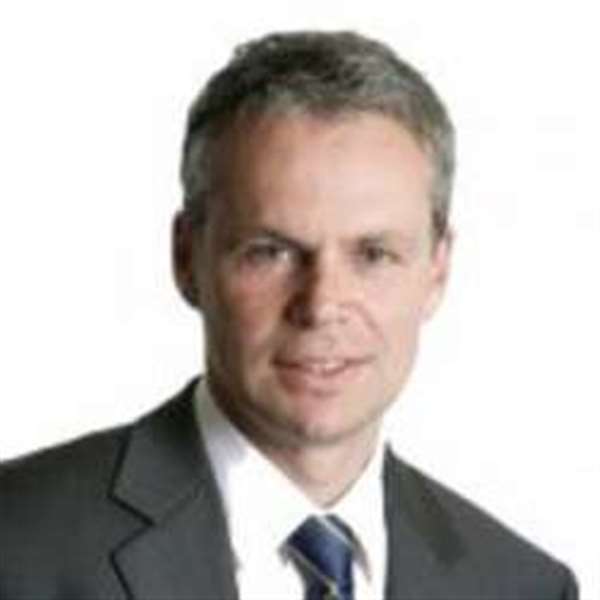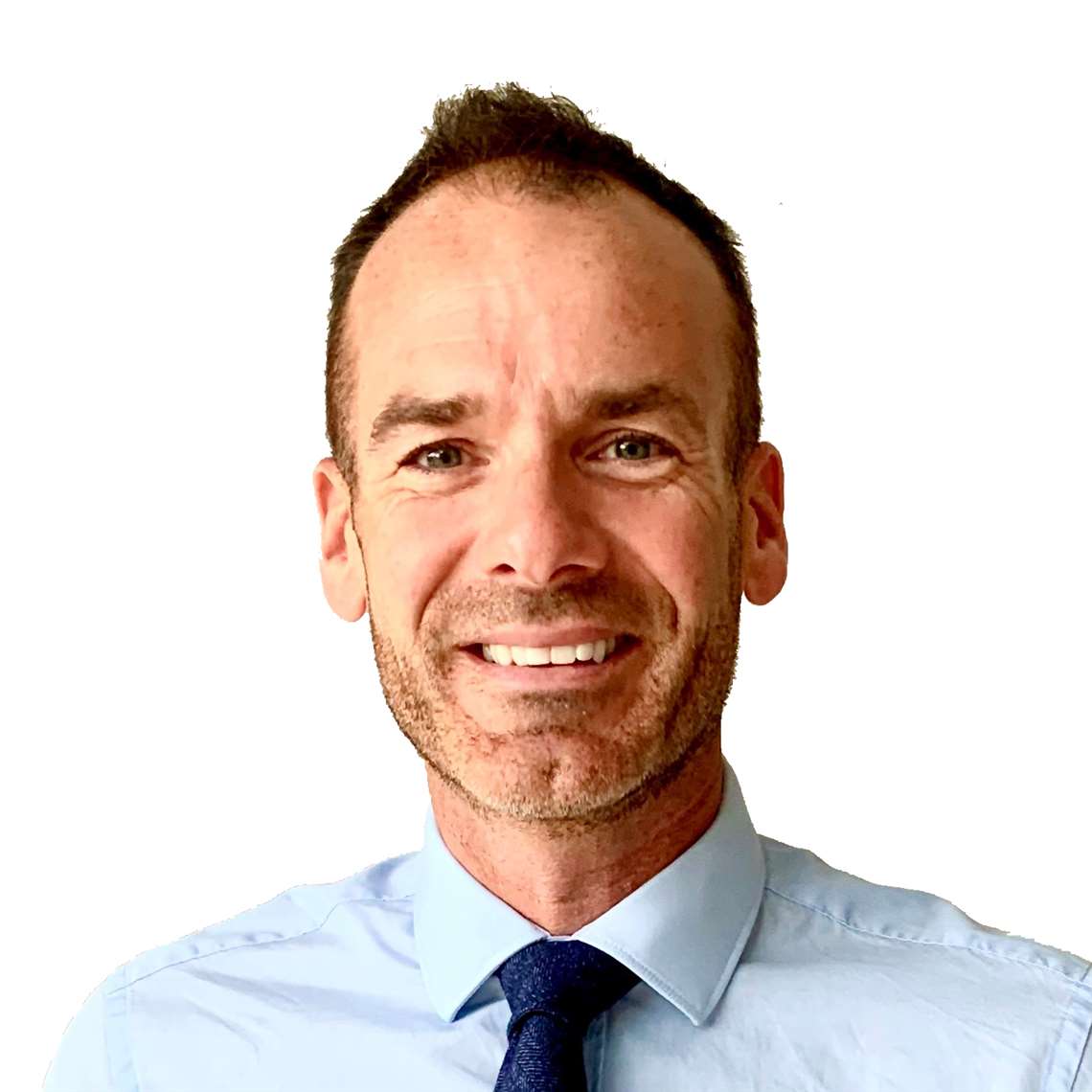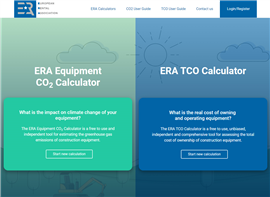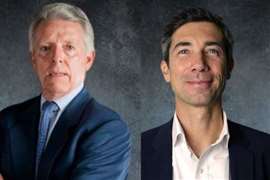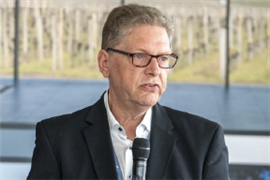Read this article in Français Deutsch Italiano Português Español
“I don’t get who will win after the dust has settled,” HCME president on Trump’s latest tariff push
Premium Content
01 July 2025
STAY CONNECTED



Receive the information you need when you need it through our world-leading magazines, newsletters and daily briefings.
Latest News
CONNECT WITH THE TEAM
